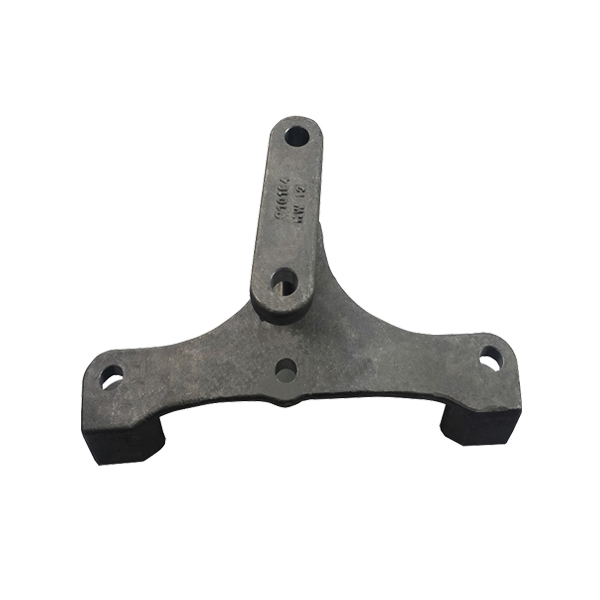
Lost foam casting, also known as full mold casting, is an innovative casting technology that relies on the use of a foam pattern that exactly matches the size and shape of the casting. The following is the process flow of lost foam casting:
1. Production of foam model: First, use manual or mechanical methods to make the foam gasification mold according to the size and shape of the casting. These molds are made of lightweight foam materials such as EPS (expandable polystyrene), etc.
2. Mold assembly and drying: multiple foam models are bonded and combined into a complete model cluster, and then dried to ensure the stability and durability of the model.
3. Apply refractory coating: Apply a layer of refractory coating evenly on the surface of the dried foam gasification mold. The purpose of this step is to enhance the high-temperature resistance of the model and prevent it from being melted by liquid metal during the casting process.
4. Dry again: After applying the refractory paint, the model needs to be dried again to ensure that the paint is completely solidified and tightly adhered to the surface of the model.
5. Sand box preparation: Place the special sand box used in lost foam casting on the three-dimensional vibration table and fill it with enough dry quartz sand. The sand will be used to support and secure the foam model, creating the cavity required for casting.
6. Model positioning and sand filling: Place the dried foam plastic gasification mold on the bottom sand, and fill it with sand layer by layer according to the process requirements. During the sand filling process, a three-dimensional vibrating table is used to vibrate to ensure that the sand is tightly packed around the model.
7. Negative pressure system connection: Cover the mouth of the sand box with plastic film and place a sprue cup on it. Then, connect the negative pressure system to the sprue cup to prepare for the subsequent pouring process.
8. Pouring and model gasification: Pour molten metal into the sprue cup under negative pressure. With the injection of molten metal, the foam mold begins to vaporize and disappear, while the molten metal gradually fills the space where the model is located.
9. Cooling and removal of castings: After the molten metal has completely solidified and cooled, release the vacuum and turn over the sand box. At this point, the complete casting can be easily removed and subsequent cleaning and machining work can be performed.
The entire lost foam casting process does not require removing the mold, achieving one-time molding of the casting. Compared with traditional casting methods, lost foam casting has the advantages of high casting precision, good surface quality, and high material utilization. At the same time, due to its unique process characteristics, lost foam casting is also suitable for producing complex shapes and large castings.
